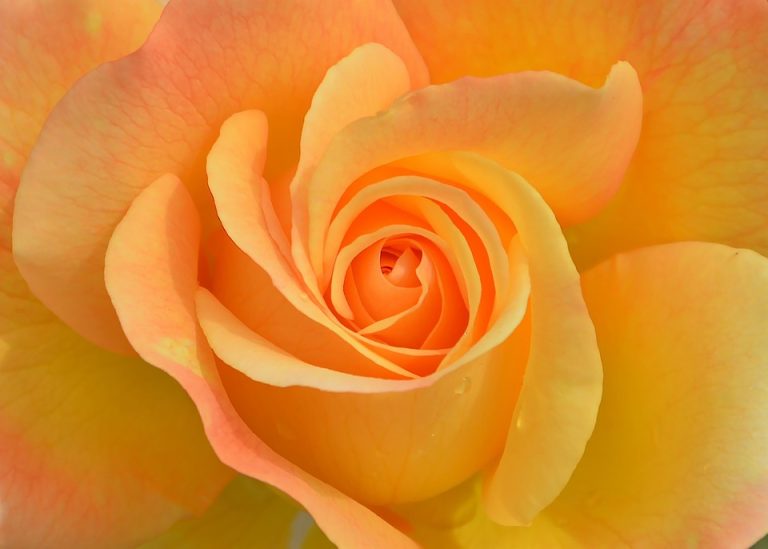Bird’s nest ferns, with their beautiful, wavy leaves, are a popular choice among plant enthusiasts for their unique appearance and low maintenance requirements. However, like all plants, bird’s nest ferns can experience issues that may impact their health and appearance. In this guide, we will discuss some common problems that bird’s nest ferns may encounter and how to troubleshoot them effectively.
One common issue that bird’s nest ferns may face is brown or yellowed leaves. This can be caused by a variety of factors, including overwatering, too much direct sunlight, or lack of humidity. To address this problem, first, assess the plant’s watering schedule. Bird’s nest ferns prefer to be kept consistently moist but not waterlogged. Make sure the plant is not sitting in water and adjust your watering routine as needed.
Additionally, bird’s nest ferns are sensitive to direct sunlight and may develop brown or yellowed leaves if exposed to too much light. If your plant is located in a spot with bright, direct sunlight, consider moving it to a location with indirect light or providing some shade. Increasing humidity levels around the plant, either by misting the leaves or placing a humidifier nearby, can also help prevent leaf discoloration.
Another common issue for bird’s nest ferns is drooping or wilting leaves. This can be a sign of underwatering, low humidity, or root rot. To address this problem, check the soil moisture level and adjust your watering routine if necessary. If the soil is dry, give the plant a thorough watering and consider increasing humidity levels around the plant.
If the fern’s roots are waterlogged, root rot may be the cause of wilting leaves. To address this issue, carefully remove the plant from its pot and inspect the roots for any signs of rot or decay. Trim away any damaged roots and repot the plant in fresh, well-draining soil. Ensure that the pot has proper drainage holes and adjust your watering routine to prevent waterlogging.
Lastly, bird’s nest ferns may also develop pest infestations, such as spider mites or mealybugs. If you notice small, web-like structures on the leaves or sticky residue, your plant may be infested with pests. To treat this issue, regularly inspect your plant for signs of pests and wipe down the leaves with a damp cloth to remove any insects. You can also use insecticidal soap or neem oil to control the infestation.
In conclusion, troubleshooting common bird’s nest fern problems requires careful observation and attention to detail. By addressing issues such as leaf discoloration, wilting leaves, and pest infestations promptly, you can help your plant thrive and maintain its beautiful appearance. With proper care and maintenance, your bird’s nest fern will continue to be a stunning addition to your indoor plant collection.

